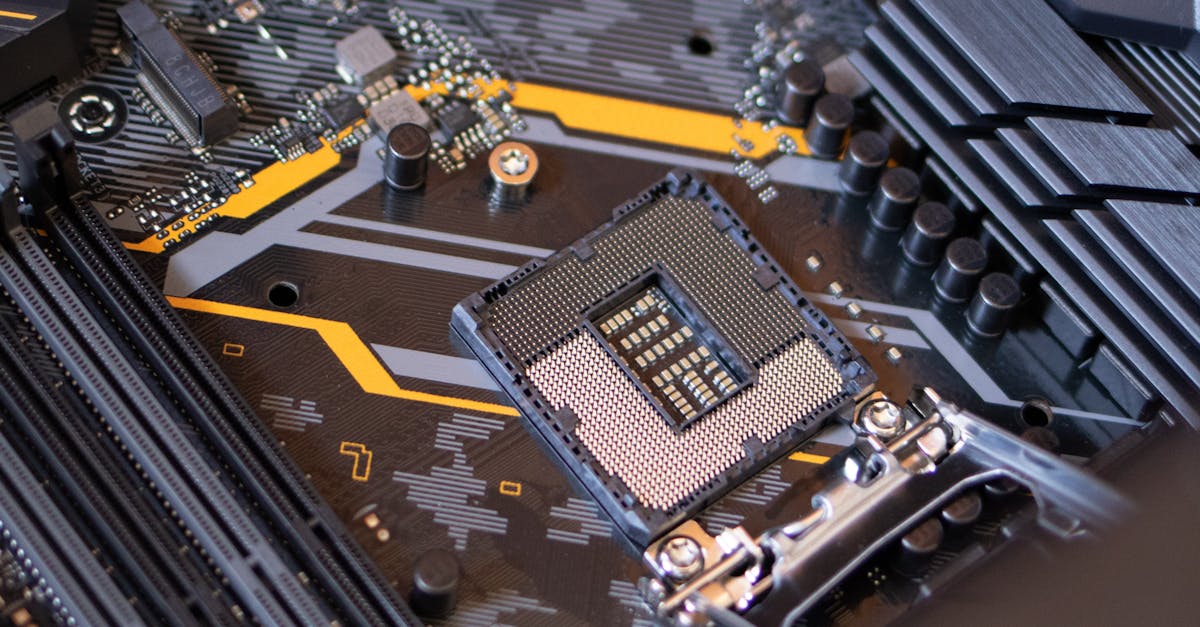One of today's standouts was HP, a computer hardware company whose shares are up 6.5%, outperforming the Nasdaq by 7.0%. At $33.6, the stock is 11.16% above its average analyst target price of $30.23.
The average analyst rating for the stock is hold.
HP Inc. provides personal computing and other access devices, imaging and printing products, and related technologies, solutions, and services in the United States and internationally.
HP's trailing 12 month P/E ratio is 12.6, based on its trailing EPS of $2.67. The company has a forward P/E ratio of 9.4 according to its forward EPS of $3.56 -- which is an estimate of what its earnings will look like in the next quarter. The average trailing Price to Earnings (P/E) ratio of US-based technology companies is 27.16 as of first quarter of 2023. In contrast, the S&P 500 average is 15.97. The P/E ratio is the company's share price divided by its earnings per share. In other words, it represents how much investors are willing to spend for each dollar of the company's earnings (revenues minus the cost of goods sold, taxes, and overhead).
HP's P/E ratio tells us how much investors are willing to pay for each dollar of the company's earnings. The problem with this metric is that it doesn't take into account the expected growth in earnings of the stock. Sometimes elevated P/E ratios can be justified by equally elevated growth expectations.
We can solve this inconsistency by dividing the company's trailing P/E ratio by its five year earnings growth estimate, which in this case gives us a 5.7 Price to Earnings Growth (PEG) ratio. Since the PEG ratio is greater than 1, the company's lofty valuation is not completely justified by its growth levels.
To understand a company's long term business prospects, we must consider its gross profit margins, which is the ratio of its gross profits to its revenues. A wider gross profit margin indicates that a company may have a competitive advantage, as it is free to keep its product prices high relative to their cost. After looking at its annual reports, we obtained the following information on HPQ's margins:
| Date Reported | Revenue ($ k) | Cost of Revenue ($ k) | Gross Margins (%) | YoY Growth (%) |
|---|---|---|---|---|
| 2022-10-31 | 62,983,000 | 50,648,000 | 19.58 | -7.34 |
| 2021-10-31 | 63,487,000 | 50,070,000 | 21.13 | 14.65 |
| 2020-10-31 | 56,639,000 | 46,202,000 | 18.43 | -3.05 |
| 2019-10-31 | 58,756,000 | 47,586,000 | 19.01 | n/a |
- Average gross margin: 19.5 %
- Average gross margin growth rate: 0.7 %
- Coefficient of variability (higher numbers indicating more instability): 5.9 %
We can see from the above that HP business is not strong and its stock is likely not suitable for conservative investors.
Another key to assessing a company's health is to look at its free cash flow, which is calculated on the basis of its total cash flow from operating activities minus its capital expenditures. Capital expenditures are the costs of maintaining fixed assets such as land, buildings, and equipment. From HP's last four annual reports, we are able to obtain the following rundown of its free cash flow:
| Date Reported | Cash Flow from Operations ($ k) | Capital expenditures ($ k) | Free Cashflow ($ k) | YoY Growth (%) |
|---|---|---|---|---|
| 2022-10-31 | 4,463,000 | -791,000 | 3,672,000 | -36.98 |
| 2021-10-31 | 6,409,000 | -582,000 | 5,827,000 | 55.97 |
| 2020-10-31 | 4,316,000 | -580,000 | 3,736,000 | -6.2 |
| 2019-10-31 | 4,654,000 | -671,000 | 3,983,000 | n/a |
- Average free cash flow: $4.3 Billion
- Average free cash flow growth rate: -2.0 %
- Coefficient of variability (the lower the better): 23.8 %
With its positive cash flow, the company can not only re-invest in its business, it can offer regular returns to its equity investors in the form of dividends. Over the last 12 months, investors in HPQ have received an annualized dividend yield of 3.2% on their capital.
Since it has a very low P/E ratio, consistent free cash flow on a flat trend, HP is likely fairly valued at today's prices. The company has mixed growth prospects because of an average PEG ratio and weak operating margins with a stable trend. We hope you enjoyed this basic overview of HPQ's fundamentals. Make sure to check the numbers for yourself, especially focusing on their trends over the last few years.


